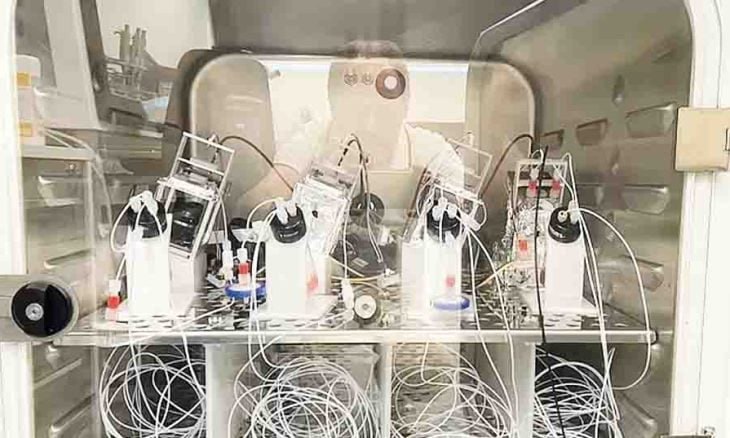Swedish scientists create world’s first “living computer” built from human brain tissue

Swedish scientists have recently created the world’s first ‘living computer’ that is made out of human brain tissue, the Daily Mail reported.
According to the report, the computer composes of 16 organoids, or clumps of brain cells that were grown in a lab, which send information between each other, adding that it uses less energy because living neurons can use over a one million times less energy than the current digital processors currently used.
Compared with the world best computers, the scientists found that for the same speed and 1,000 times more memory the human brain uses 10 to 20 watts -compared to computers using 21 megawatts.
The living machine was developed by scientists at FinalSparks, which focuses on creating solutions with biological neural networks.
Dr Fred Jordan, co-CEO of FinalSpark, a startup the focuses on creating solutions with biological neural networks, told the Daily Mail: ”This idea is common in science fiction, but there hasn’t been a huge amount of real research into it.”
The report explained that scientists take the stems cells and cultivate them for about one month until they form features like neurons, adding that the organoids are trained with doses of dopamine – when they perform tasks correctly they get a stream of the chemical as a reward.
Scientist administer dopamine by exposing a certain area of the brain organoid to light – similar to how it is released in the human brain when a certain region is activated.
The mini brains are surrounded by eight electrodes that measure activity in the organoids, and the researchers can send current through the electrode to influence the neuron.
The technology to create organoids is relatively new, and there has been little research into the idea of turning human neurons into a computer before.





